Used in most current PCs, the von Neumann architecture revolutionized computing by establishing three foundations for the operation of these machines in 1945
Created in 1945, the von Neumann architecture is the computer architecture designed by the mathematician of the same name and used in almost all current PCs. With it, computers became easier to program and were able to store programs and not just perform calculations.
Therefore, von Neumann’s architecture is often described as an architecture stored programthat is, a system in which it is possible to save data and applications in structures called memories.
This type of design revolutionized the way humans operate intelligent, complex machines, years later leading to the development of personal computers. In fact, a number of other systems have relied on this architecture to evolve.
Historical context
John von Neumann was a Hungarian-American mathematician and scientist born in 1903. Skilled, Neumann has been part of important teams throughout humanity, such as participating in the Manhattan Project next to J. Robert Oppenheimerand the creation of the ENIAC, the first computer in history.
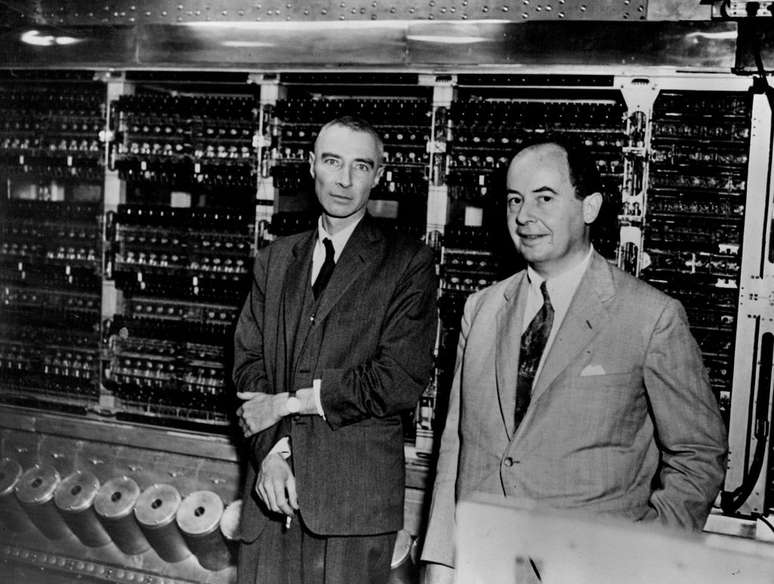
Until then, computers were archaic machines, designed essentially to perform mathematical calculations. However, in 1945 John von Neumann published the article Discrete variable electronic automatic computer (EDVAC), revolutionizing the foundations of computing. In the study, the mathematician conceptualizes that a computer should have three universal bases: a processora primary memory and a set of input and output devices.
Von Neumann’s architecture
Also known as the Princeton Model, the von Neumann Architecture has its main element in the ability for data to be executed and stored uniformly. In other words, the system must be able to harmoniously carry out the entire calculation process by sending and receiving data and instructions.
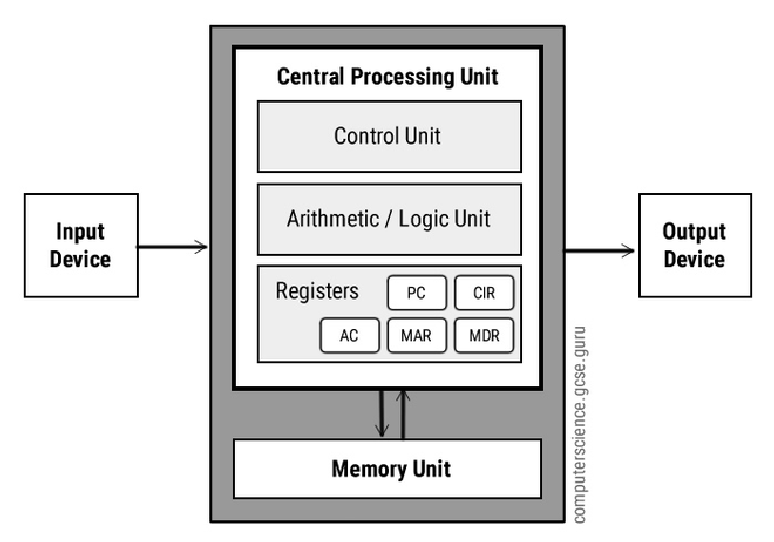
Since it is a machine, how the components understand the data is through binary codes represented between the numbers 0 and 1. Basically, even after von Neumann’s innovation, computers are still excellent calculators, but what really matters is how these machines calculate data and transform it into information that can be interpreted by humans.
Elements of von Neumann’s architecture
Although von Neumann established the processor, primary memory, and input and output devices as the basis of his thesis, the elements that make up this architecture are more complex.
Central Processing Unit (CPU)
Popularly known as a processor, the CPU is the main component of every computer, as it is directly responsible for calculating, interpreting and executing requests on a machine. Inside, von Neumann Architecture lists three important subdivisions for its operation:
- Logic and Arithmetic Unit (ALU): it is the segment that performs the mathematical operations of the CPU, such as a calculator integrated into this component;
- Control unit: the mission of the control unit is to ensure that all processes are carried out correctly and in an organized manner;
- Registrar: they are a “low-level memory” for storing very CPU-specific intermediate data.
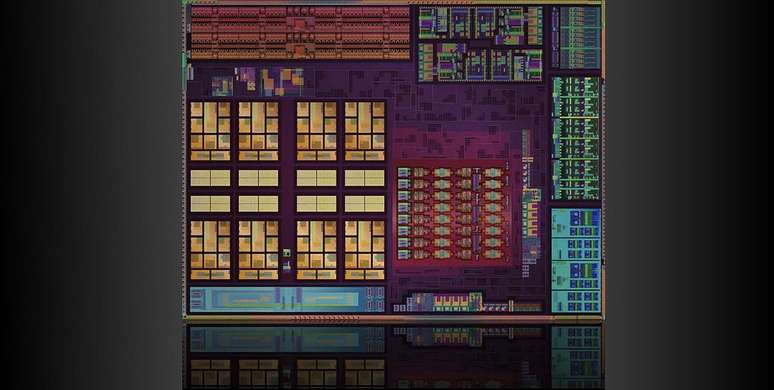
Memory
Von Neumann’s design includes a memory for communicating in the system. This memory is divided into primary and secondary, but in current terms we can understand the primary as RAM memory and the secondary as internal memory, i.e. HD and SSD.
RAM memory is responsible for direct communication with the data controller, sending and receiving data. More than this simple definition, it is in RAM that the instructions for programs to execute are stored, as it takes this data from memory, places it in its modules and “digests” it for the CPU to process.
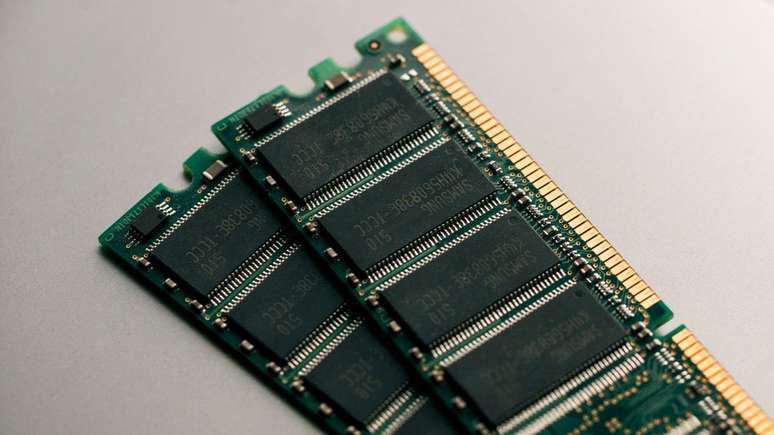
Secondary memory has the function of permanently storing information. There, the user will leave their files, instructions or data and they will remain permanently within that system.
Input and output devices
Input and output devices are the peripherals used in a computer, that is, all the external equipment we use to control the machine. The mouse, keyboard, and speaker are common peripherals, as are monitors and printers.
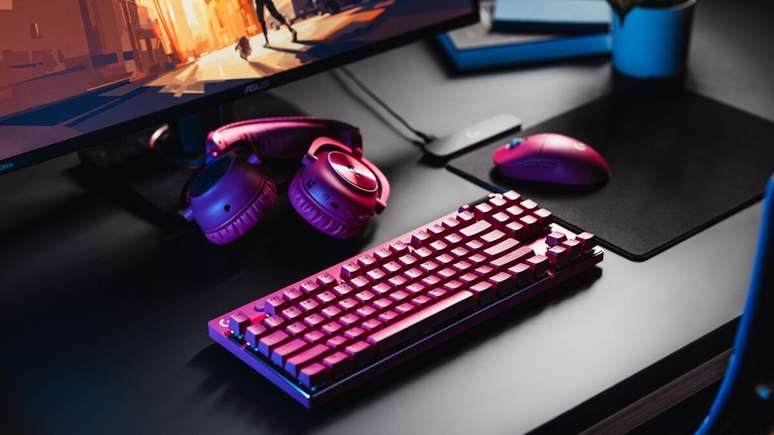
Bus
In addition to this tripod mentioned above, von Neumann’s Architecture also inserts a fourth element known as System bus or bus. The bus is a path, like a highway, that allows data to pass through electrons that travel between components and provide information to these parts.
We can think of the bus as a giant bridge that connects components to each other through small connectors or pins. Each component mounted on a PC is connected to the other via some metal connection, which acts as contact points to harmoniously transmit power and data.
How does von Neumann Architecture work?
With relatively simple parts, the von Neumann architecture was created to follow a logical path. After the computer is turned onthe CPU control unit takes the already decoded instructions from RAM, which are sent and inserted into a register.
The control unit continues to extract the entire set of instructions needed to perform a task, storing them in other registers. When this happens, the ALU begins performing all the mathematical calculations of the data in the registers.
As mathematical answers are created, this ready data is stored in other registers, so the control unit understands that it is time to perform the next cycle of executions and start the process all over again.
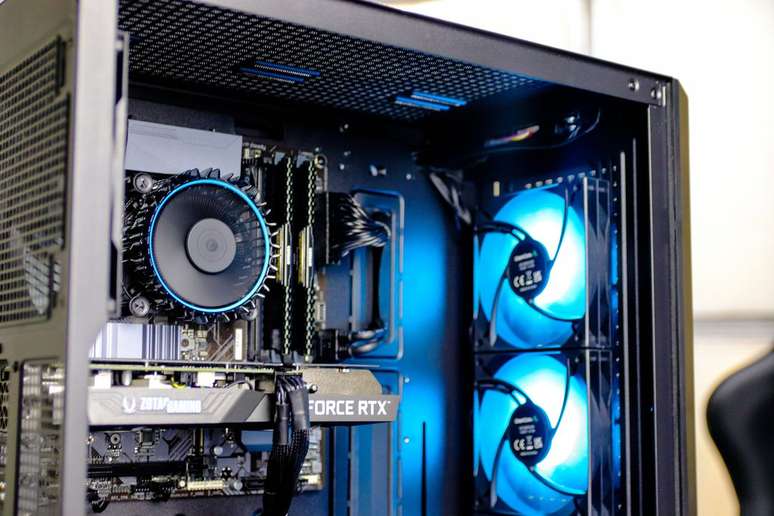
It is worth remembering that the operating process of a computer is much more complex than that, as it requires a constant balance in data exchange between all physical and software components, such as the operating system.
Positive points of the von Neumann architecture
Innovative, the idea proposed by John von Neumann in the last century shapes our daily lives and the way we interact with the various machines around us. The architecture is known for its simplicity, modularity and performance. Discover all the positive points:
- Simple Design: using few components, the main basis of which are CPU, memory, I/O and bus, the architecture has become very popular and easy to use by industry and consumers over the years;
- Structures: the architecture also had the task of facilitating the work of programmers, as it became easier to develop Software for these systems;
- Various piece formats: Despite having mandatory components, Princeton’s design allows for different types of parts to be inserted, as long as they perform their function. This made computer adoption more democratic, as it allowed the use of hardware with different levels of performance and price;
- Data store: Perhaps its greatest feature, the von Neumann architecture made it possible for computers to store data temporarily and permanently. The arrival of memories also allowed for rapid access and easier communication between components.
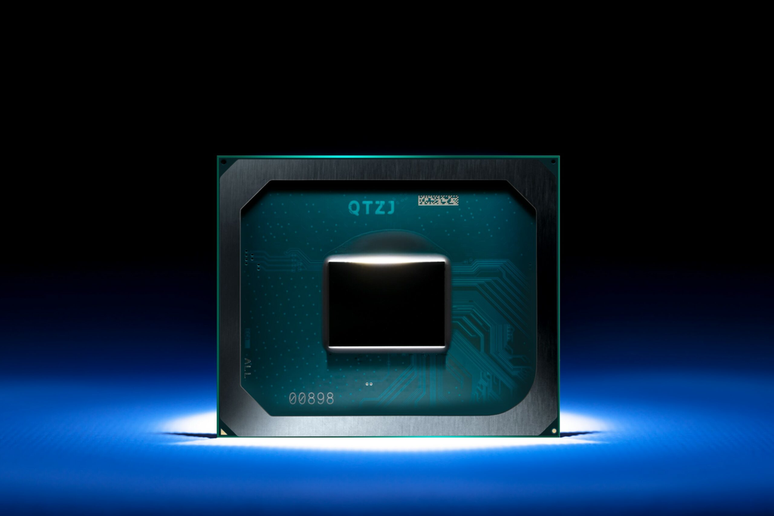
- 🛒 Buy the best computer components at an affordable price on Kabum!
- 🛒 Discover promotions on peripherals and accessories on Kabum!
Negative points of the von Neumann architecture
While extremely important, von Neumann’s theory and practice of architecture encounter difficulties in some areas, such as performance limitations.
- von Neumann bottleneck: A classic computing problem, the von Neumann bottleneck refers to a theory that system transfer (bus) speed is limited by the delay in receiving data from the processor via RAM. In other words, there is a delay in communication between the parties, generating a performance limitation of the system;
- Sequential Processing: Despite being very fast, the von Neumann Architecture causes the CPU to execute instructions sequentially, that is, one after the other. Different from Video Cardthat performs these tasks in parallel, the processor simply does everything sequentially, resulting in a loss of performance.
Trends on Canaltech:
- Chinese scientists discover a cure for type 2 diabetes
- The 20 best horror films of the new generation
- 7 softcore porn films with hot scenes on Netflix
- NFS: Underground | The fan remaster with ray tracing looks incredible
- Intense solar storms generate auroras rarely seen in the past 500 years
- The 50 funniest Google Assistant jokes
Source: Terra
Rose James is a Gossipify movie and series reviewer known for her in-depth analysis and unique perspective on the latest releases. With a background in film studies, she provides engaging and informative reviews, and keeps readers up to date with industry trends and emerging talents.







